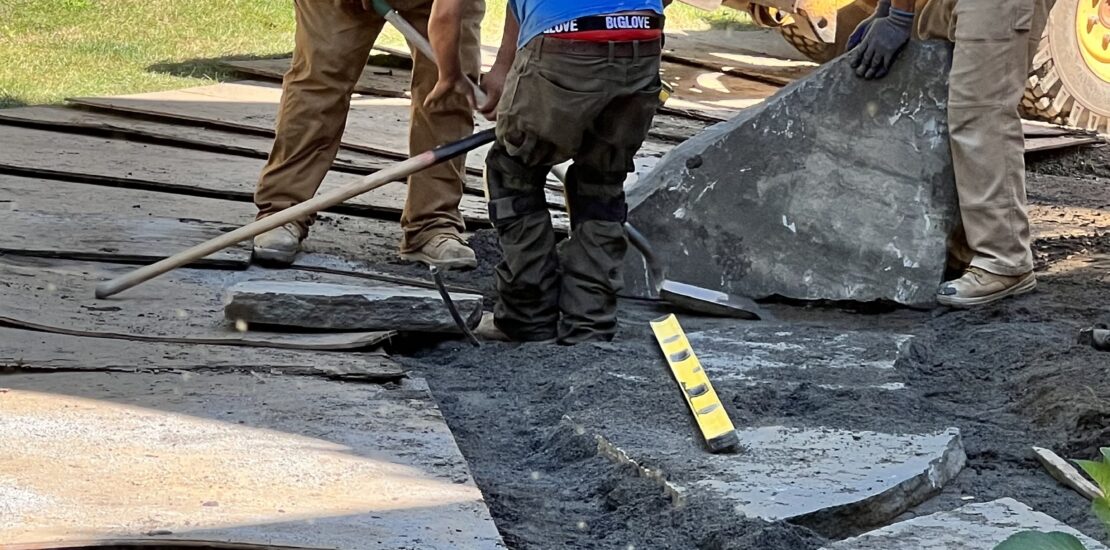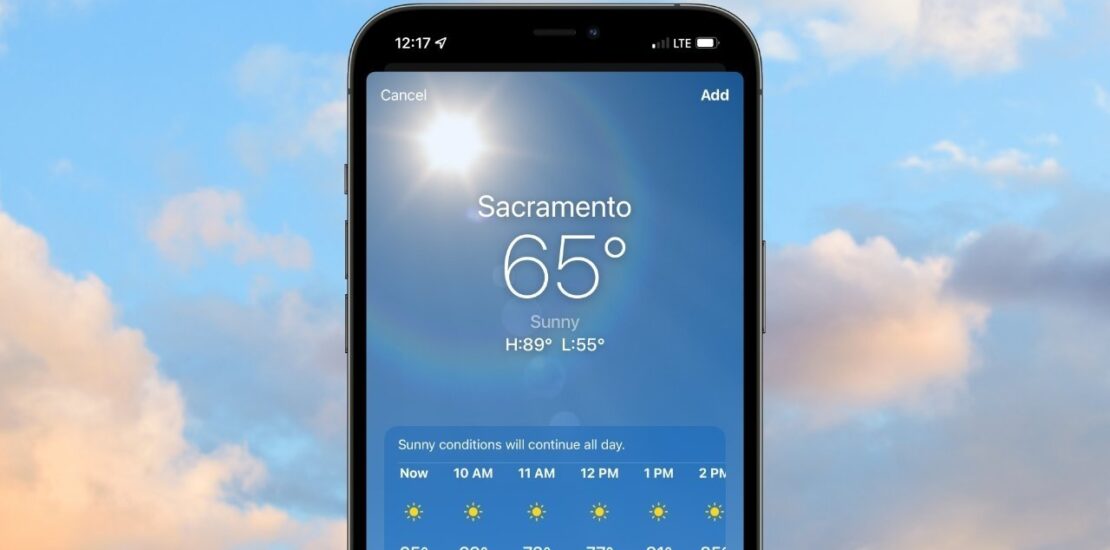Consultative Selling
-
Ominous Signs for Sales Teams and Baseball Can Help
- April 15, 2024
- Posted by: Dave Kurlan
- Category: Understanding the Sales Force

It seems like a recession is on our doorstep. Most salespeople haven’t experienced selling in a recession since 2009, fifteen years ago. That means there are few experienced recession-proof salespeople, plus those who didn’t figure out how to succeed at recessionary selling back then as well.
What are the twelve biggest challenges?
-
Two Keys for Successful Sales Presentations
- October 30, 2023
- Posted by: Dave Kurlan
- Category: Understanding the Sales Force

I frequently write about taking a consultative approach, and listening and asking questions are the keys to successful sales presentations.
While watching game 2 of the 2023 World Series, it occurred to me that I still remember and can name every member of the 1967 Boston Red Sox, but I can’t do the same for the 2023 Red Sox. Could the difference be that the ’67 team went to to the World Series while last year’s team finished last in the American League East? It could also be that I was an impressionable 12 year-old that didn’t miss a single pitch that season, while this year’s team wasn’t worth watching. Could it be my short-term memory? Maybe it’s time to start taking Prevagen!
The point is that while I am fascinated by this insight, there is no chance that you care about this unless you relate to it. It’s simply not important to most of you.
Why is it so important for me to make you aware of a statement that is important to me but not important to you?
Salespeople must differentiate between what is important to their prospects and customers, versus what is important only to them.
-
How Building a Stone Walkway Makes the Case for Sales Process
- August 16, 2023
- Posted by: Dave Kurlan
- Category: Understanding the Sales Force

We can learn a lot about what happens when you skip steps in a sales process by looking at the work this stone crew is doing.
-
Rainforests and Torn ACL’s Provide Insight into Effective Selling
- July 17, 2023
- Posted by: Dave Kurlan
- Category: Understanding the Sales Force

Only Dave Kurlan can take a torn ACL, rainforests and climate change and use those as analogies for sales effectiveness!
-
Resistant Salespeople Can Prevent Consistent, Strong Sales Results
- June 27, 2023
- Posted by: Dave Kurlan
- Category: Understanding the Sales Force

CEOs and Sales Leaders whose salespeople aren’t responding need to understand that their veteran salespeople are the same as my son when he was thirteen.
-
Sometimes The Biggest Sales Problems Have the Simplest Solutions
- May 30, 2023
- Posted by: Dave Kurlan
- Category: Understanding the Sales Force

There are simple, easy, fast and powerful solutions for sales problems too. See my examples below.
-
Snowstorm & Weather Apps Explain Why 75% of Sales Forecasts are Wrong
- March 16, 2023
- Posted by: Dave Kurlan
- Category: Understanding the Sales Force

As a Nor’Easter barreled across Central Massachusetts today, a few interesting storm-related happenings were analogous to some sales-related occurrences. This article will explore two weather-related analogies:
It’s in 3D – Dinger the Dog and his choice of Doors
The Magic of Weather AppsI’ve written about Dinger, our six-year-old Golden Doodle, several times. The most popular article was when I claimed and proved that Dinger’s listening skills were better than those of salespeople.
-
Top 10 Keys to Determining and Improving Your Ideal Win Rate
- March 7, 2023
- Posted by: Dave Kurlan
- Category: Understanding the Sales Force

What kind of car should you drive?
Answering that question with anything other than, “It depends,” is irresponsible because there are so many variables. Choosing a car depends on budget, family size, how much stuff you load into your car, the length of your drives, the logo/ego influence, fit and function, ergonomics, appearance, perceived value, reliability, cost to drive it (gas/electric/mileage), and so much more.
If that makes senses, why do companies struggle when I am unable to instantly tell them what their win-rate or closing percentage should be?
There are so many the variables that can influence your sales win-rate and here are my top ten keys to win rates:
-
4 Types of Sales Positions That Can Never Be Replaced by AI
- February 22, 2023
- Posted by: Dave Kurlan
- Category: Understanding the Sales Force

We’re seeing ChatGPT’s ability to create human-like articles, essays, poems, notes and messages.
I just asked ChatGPT to write a short poem on the death of selling. Here’s what it generated.
-
These 6 Keys and New Data Help Your Sales Team Outperform The Rest
- February 16, 2023
- Posted by: Dave Kurlan
- Category: Understanding the Sales Force

They found that top performers make 54% more switches – the back and forth in conversations – than everyone else and 78% more in their presentations. The presentations made by top sales performers are not monologues!

